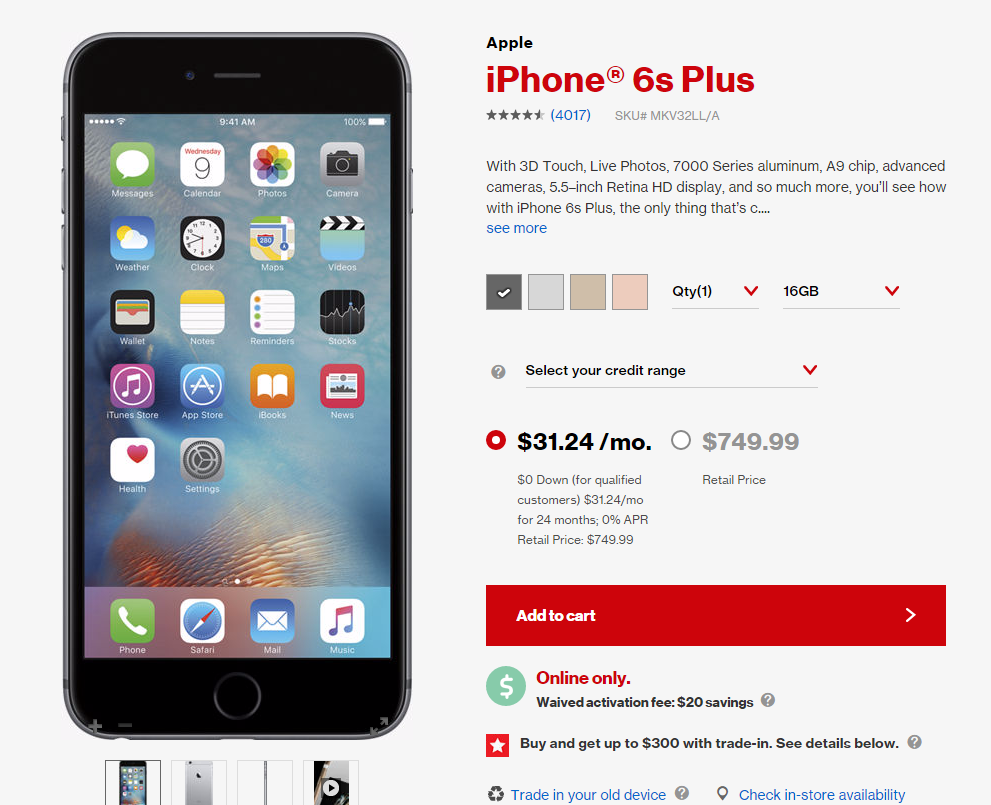4 copywriting methods to increase conversions on your e-commerce website | Weboptim
The text on your website is more important than you think. Besides design, it is the text that shapes our brand. How we describe ourselves, what impression our product descriptions make on customers.
Unfortunately, many e-commerce sites spend hours optimising the look and feel of their website, but completely ignore the copy. Yet people want to know how your product works and how it changes their lives.
What is the relationship between texts and conversion rate?
If you have an e-commerce site, the three biggest challenges you face are:
- to inform visitors about our products and offer unique benefits,
- to evoke emotions and turn them into action, to convince visitors,
- help build a long-term relationship by emphasising brand values (aligned with customer values).
With some clever copywriting, you can do all three. You can increase the conversion rate by up to four times. So there is a strong, direct link between texts and conversion rates.
But how can we develop e-commerce texts?
1. Write to the target persons
Create a profile of your target consumers based on your brand personality, which can help you with targeted copywriting.
All customers fall into one or more of the following 4 groups:
- logical man: logical, methodical and detail-oriented. You carefully examine the offers before clicking on the Buy button. Looking for the best deal. Around half of the audience is of this type.
- impulsive man: spontaneous, risk-oriented, optimistic. Tendency to make quick decisions and focus on the benefits when making a purchase. One third of people fall into this category.
- a caring person: takes into account the welfare of others. Only consider an offer if it will help others. Instead of product features, browse our About Us page to see what kind of company we are. Population 15-20%-a caring type.
- aggressive man: rational, focused on self-improvement. He holds himself to a high standard and expects the same of others. 5% of people are like this.

How to write to each group?
It depends very much on the type of audience you are addressing.
For logical people
- emphasise the features
- write in detail, in particular about how the product works
- avoid vague language
For impulsive people
- focus on the benefits
- use rich imagery
- weave a story around the product
For caring people
- show how our product can benefit others (both in the product description and on our About page)
- emphasise the environmental or social benefits of your product
For aggressive people
- focus on how the product can help the customer's development
- emphasise the underlying technology, how it can enhance performance
- focus on the business or the heritage and history of the brand
Ideally, use texts that target all persona types on all pages. If this is not possible, at least try to figure out which is the dominant type for each product or category and use the appropriate texts.
2. Use strong words and words that encourage action
Shocking. Huge. Stunning.
These are some examples of strong words: words that evoke strong emotions in readers.
We rarely use them in everyday speech. This makes them stand out from other texts.
The easiest way to make the text stand out from the usual texts. They can be used to turn boring product descriptions into emotion-generating texts.
Words to inspire action
Strong words evoke emotion, but they do not inspire action.
We need words that inspire action. Such as follow, look, click, etc. They make the text energetic and active. But don't use them too often.
3. Use correct formatting
Visitors do not read the whole website. They browse. What they see first is the left-hand side, then they go to the right, then to the bottom of the page. If you don't put the content in the right place, they won't read it.
Guidelines:
- follow the information hierarchy: the most important content should be placed in the first few paragraphs. Place less important information lower down the page.
- follow the two-column solution: product image on the left, product description on the right. People are used to this layout.
- use the list on the right side of the picture. Break longer texts into paragraphs.
- use information-rich headers (e.g. main features, size information, etc.).
- use keywords in the description: people will just skim the description quickly. Adding keywords like size or price can help.

4. Don't forget the individual pages
Home, About page, Mission, etc.
Unlike product or category pages (which usually follow a template), custom pages have distinct content and design. They help customers to know and understand our company and products.
Emphasise the brand story and values
Another way to lose the brand through copywriting is to share a story about the brand.
Let's write the company history
Our company is more than a collection of products. Real people with real stories behind them. Let's describe them on a dedicated "Our Story" page.
Summary
Texts and conversion rates are inherently linked. A good text is closely correlated with a good conversion rate. The use of actionable words, proper formatting, tailored copy for the target audience all help to improve an e-commerce website.
Source: moz.com
Did you like the article? You can share it here!